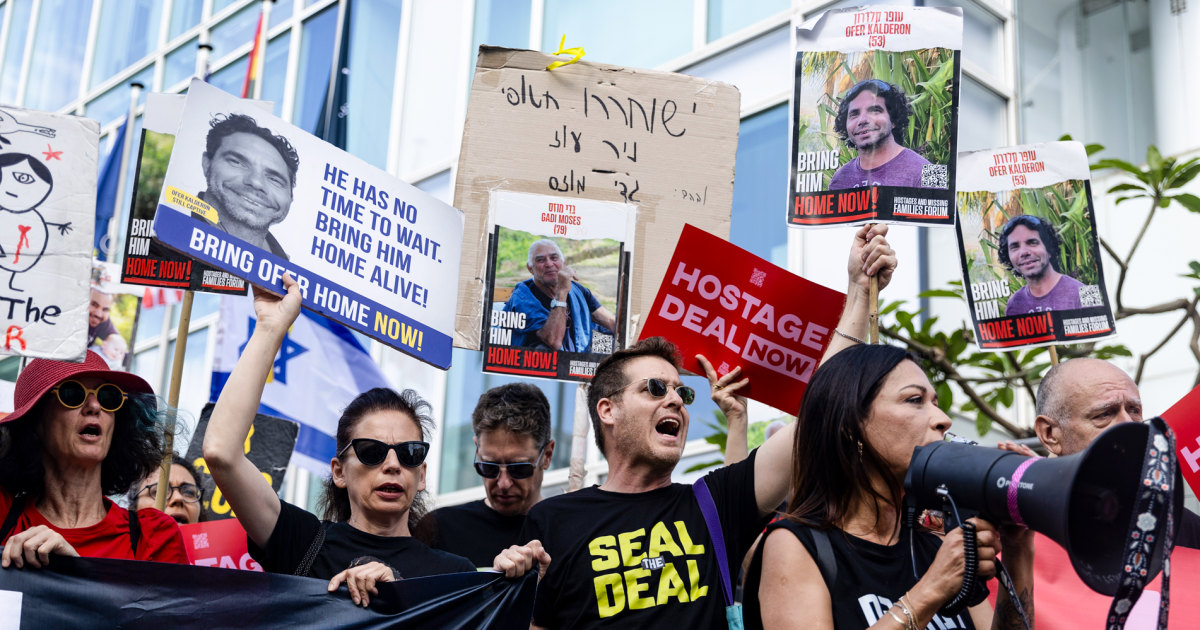
Four Israeli hostages, Andrey Kozlov, Shlomi Ziv, Almog Meir Jan, and Noa Argamani, were rescued in a daring military operation in central Gaza on June 8, 2024. The hostages had been held captive by Hamas since the deadly Oct. 7 attacks. However, the rescue mission came at a cost as it resulted in the death of one Palestinian civilian and injuries to another.
Abedelraof Meqdad, a merchant from Gaza City, recounted his experience during the raid. He described how Israeli forces interrogated civilians in his neighborhood and demanded information about the hostages' whereabouts. During the operation, gunfire was exchanged between Hamas militants and Israeli forces.
Meqdad shared that one of his grandsons, a 12-year-old boy, was killed during the raid. Another grandson, aged 16 years old, survived after being shot. The family's apartment was riddled with bullets and damaged by sound grenades from Israeli military vehicles.
The United Nations has since released a report accusing both Israel and Hamas of committing war crimes during the conflict. Secretary of State Antony Blinken criticized Hamas for obstructing negotiations for a cease-fire deal and releasing hostages, while Biden administration officials discussed the possibility of negotiating a unilateral deal with Hamas to secure the release of American hostages if current talks failed.
The rescue operation left over 270 people dead, including children, according to health authorities in Gaza. The families of more than 100 remaining hostages, including Carmel Gat, cousin of Gil Dickmann, continue to wait for their loved ones' safe return.






